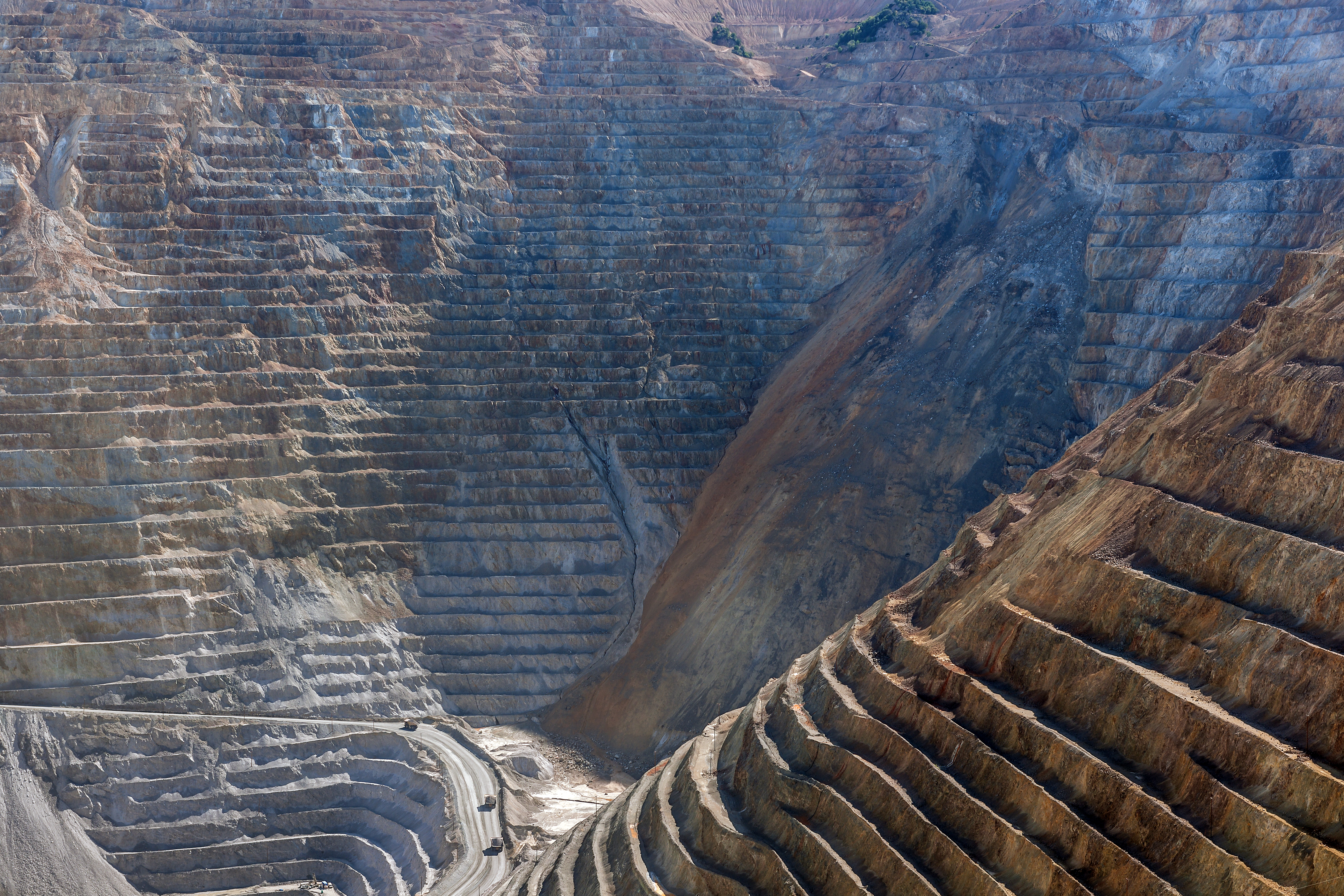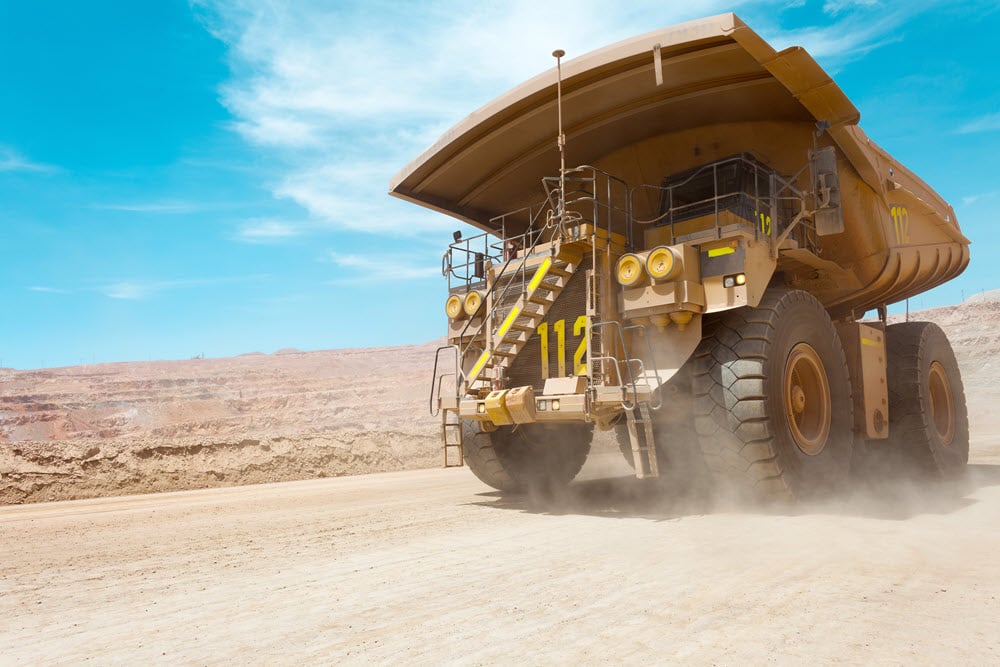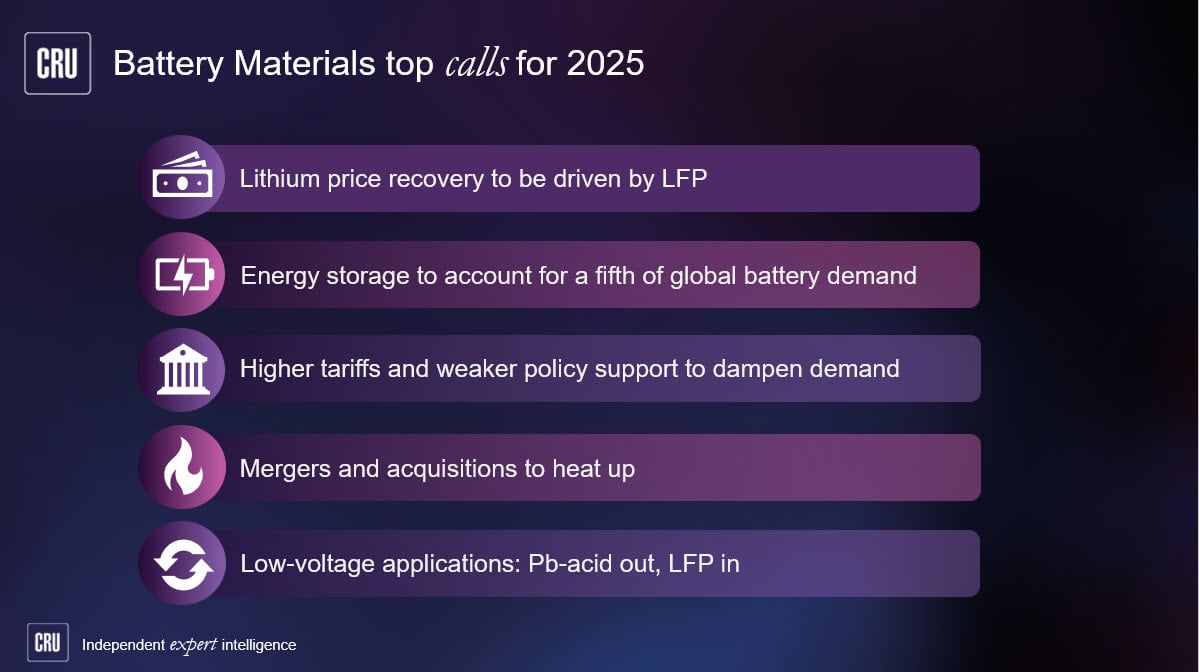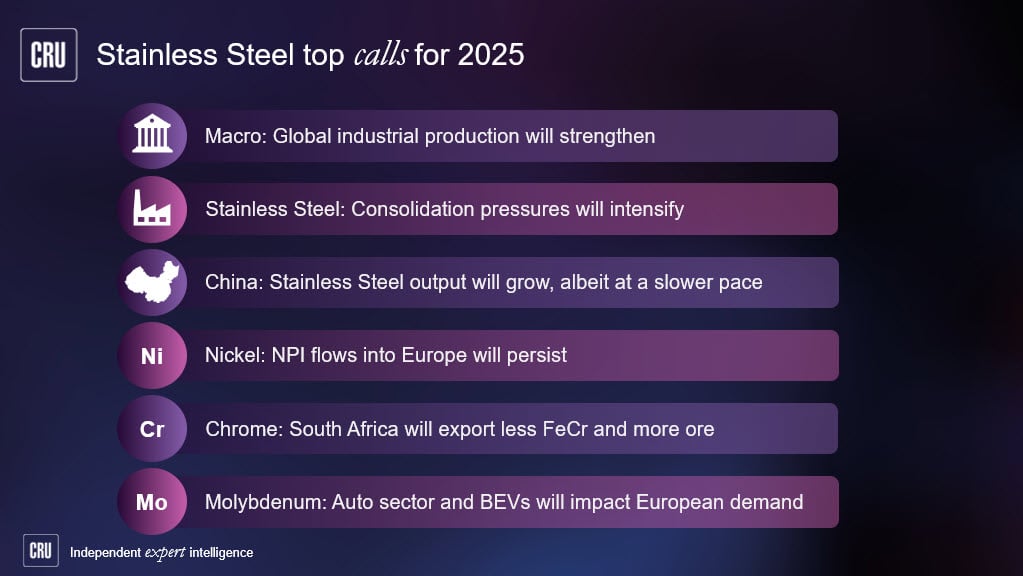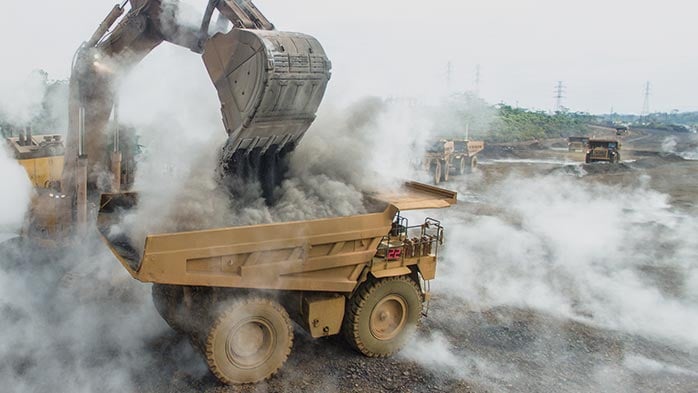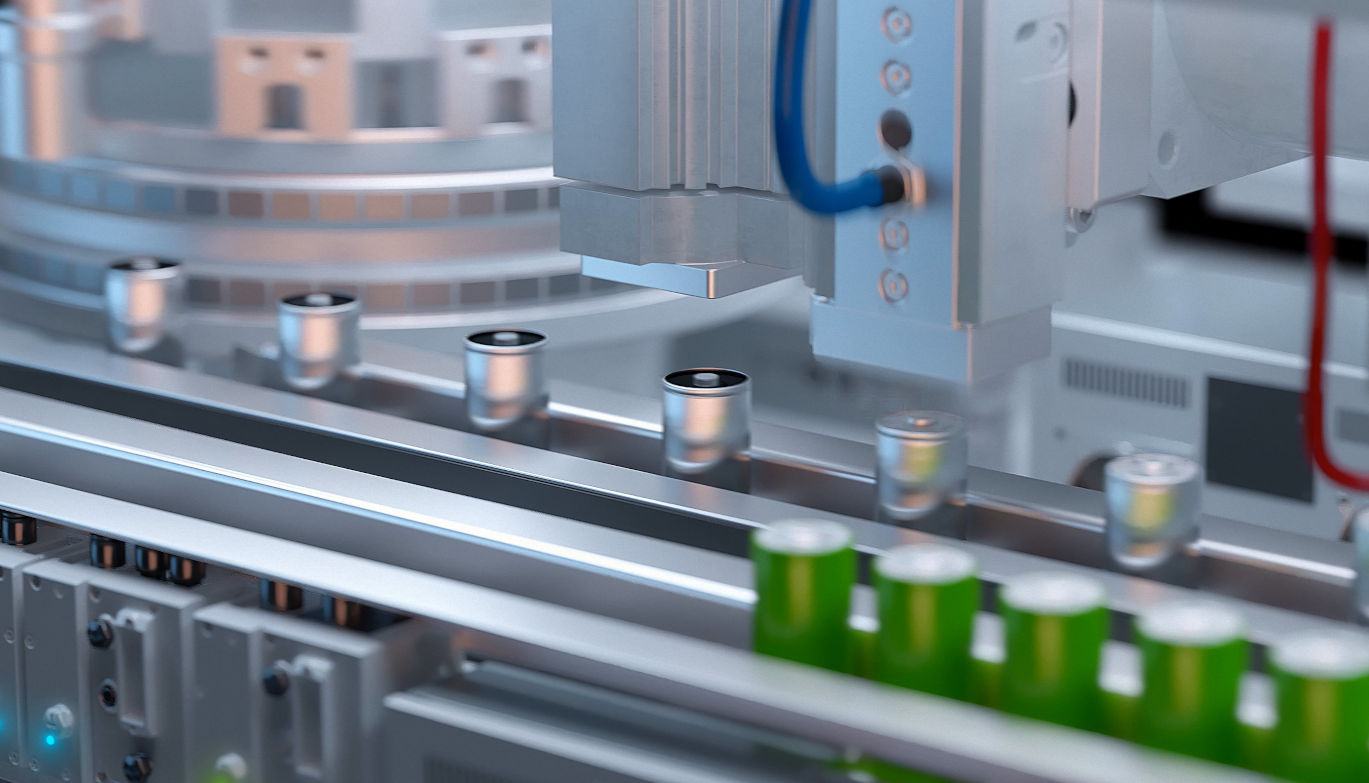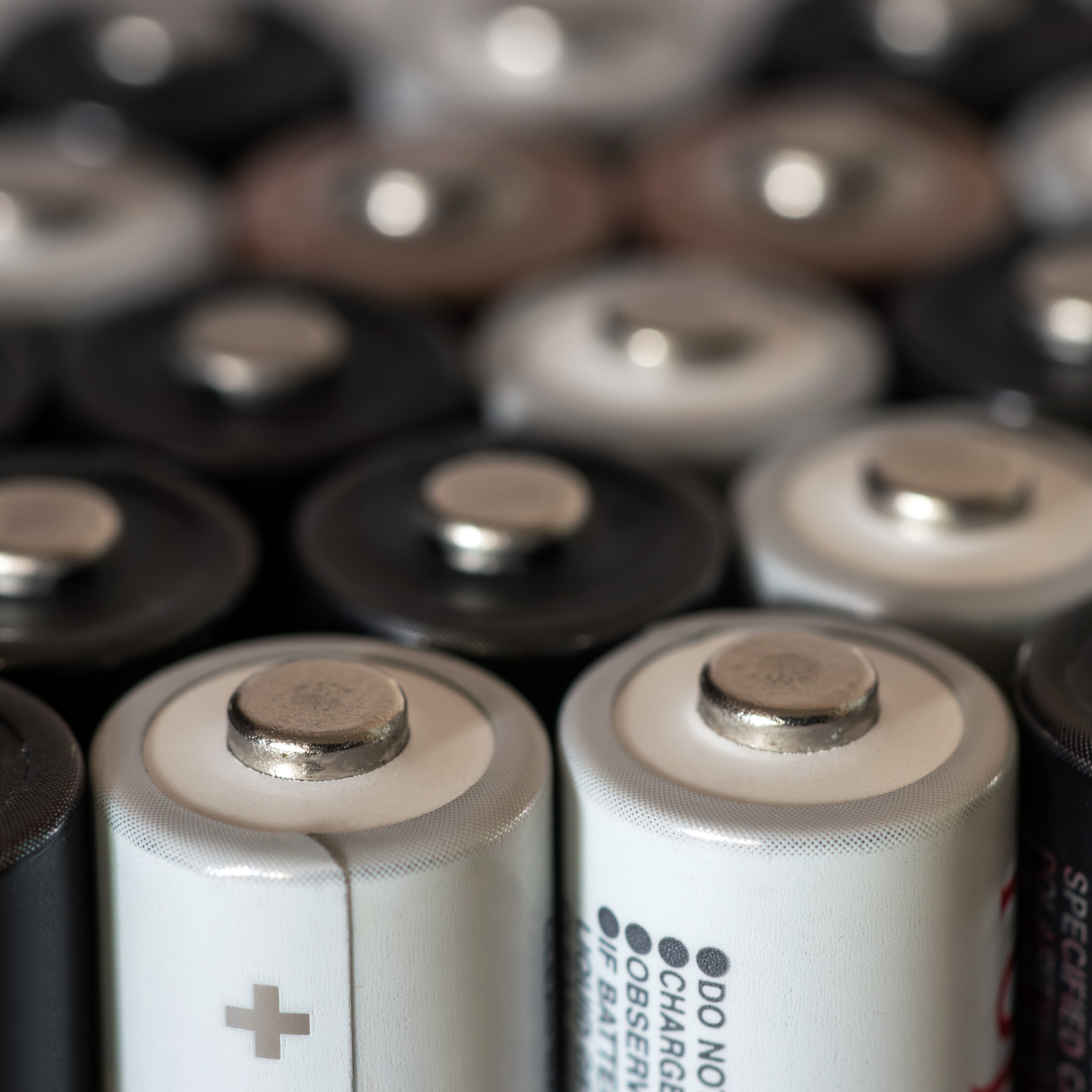Now running for over a decade, InterBattery is held every year in Seoul and is a seminal industry exhibition that showcases leading technologies and products. In early March, CRU attended this year’s event and, in parallel, hosted the first CRU Korea Battery Seminar.
Conversations with, and questions from, various battery supply chain stakeholders held very common threads. The prevailing sentiment was that key risks and challenges stand in the way of Korean companies maximising their role in the global industry, namely:
- Western policy uncertainty
- IRA-compliance and green material premiums
- Shifting raw material strategies amid price concerns
The discussions corroborated CRU’s previous assessment of how Korean companies are responding to these challenges.
Western policy uncertainty
The US Inflation Reduction Act (IRA) remains a key driving factor in the battery supply chain but important questions, which will shape corporate strategies, remain unanswered at this time.
US guidance on the Foreign Entity of Concern (FEOC) rules remains ambiguous and there were many questions on whether this applies to certain Chinese partners and co-participants, which Korean companies concede they need to collaborate with, for example to develop their lithium iron phosphate (LFP) supply chain.
Some companies were attempting to interpret the letter of the law, while others understand that the rules are deliberately ambiguous to allow US policymakers broad freedom in implementation of the rules towards certain Chinese companies. Nevertheless, those with joint ventures are attempting to mitigate the FEOC designation by diluting the Chinese equity share.
A very common concern was regarding the possibility of a Republican Party win in the next US election, including the potential impact on both the 45X and 30D tax credits.
IRA-compliant or green material premiums
It remains unclear how tax credit benefits from IRA tax credits will be shared between OEMs and their suppliers as well as joint venture partners. So far, automakers are less willing to share benefits of the 30D tax credit with their battery joint venture partners; while battery manufacturers are avoiding sharing profits from the 45X tax credit with the rest of their supply chain.
This reluctance extends to raw material sourcing. Attitudes towards IRA-compliant premiums for raw materials vary throughout supply chain players. The upstream (miners and refiners) are eager to achieve premiums; the midstream (cathode and anode) is attempting to avoid discussions; while the downstream (battery and automotive) is refusing to pay a premium.
One company said that given there is already a premium on World ex. China raw material prices, they are unwilling to pay more. According to CRU data, the regional premium has been very volatile over the last five years, but US lithium carbonate has averaged 16% over the China price.
Although evidence of premiums on IRA-compliant materials has not yet emerged, negotiations are currently ongoing. With the FEOC rule for critical minerals becoming effective in 2025, CRU’s expectation that negotiations will speed up in 2024 Q3 was confirmed by Korean stakeholders.
Shifting raw material strategies amid price concerns
With raw material prices at multi-year lows, South Korean companies have reassessed their raw material strategies. The significant drop in pricing has made the mid- and downstream far more wary about their strategy in securing material offtake agreements, especially in the lithium and nickel markets.
While Korean companies acknowledged their need to source IRA-compliant materials, there is wide awareness of the higher cost of many of these operations. There are concerns as to whether the additional cost outweighs the benefit of the tax credit.
Mid-stream appetite to pay more than the open market rate for policy-compliant raw materials is very low, and security of supply generally remained a higher priority. The slew of nickel mine curtailments in the last few months has prompted companies to reconsider their approach to investing in projects, particularly new and high-cost operations.
However, at the same time, there were concerns that the curtailments would lead to a further concentration of nickel supply towards Indonesia. Under normal circumstances, Korean companies are not deterred but this is a concern for their European and North American downstream customers.
With respect to lithium, uncertainties regarding South American policy and emerging extraction methods were commonly voiced.
Despite this, expansions at Korean refiners continue as producers look to capitalise on low feedstock costs. Nickel sulphate projects are ramping up production while diversifying their feedstock to include MHP, matte, and black mass.
Optimistic outlook despite challenges
Korean stakeholders voiced optimism for the value opportunity ahead of them in North America and Europe, as well as their pivotal role in the ‘alternative supply chain’ for those regions.
Although policy risks will remain a long-term theme, the challenges around raw material sourcing are not insurmountable, and can be managed through data-driven decisions





